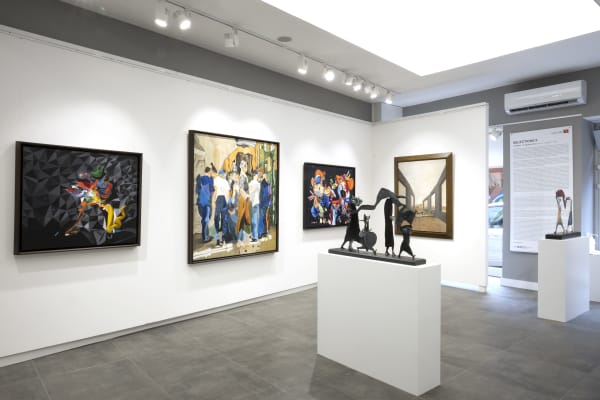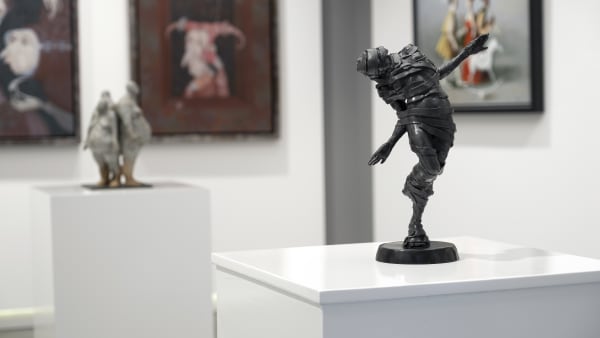Biography
Armén Rotch was born in 1955, in Yerevan, Armenia. He first began to exhibit his work in Armenia in 1978 under the name of Armén Hadjian, with the “Carré noir” Group, and continued to exhibit into the 1980s with the avant- gardists of the “3ème étage”, of which he was one of the founders, taking part in the “First Gathering of USSR Avant-gardists” in 1987. At this point, he began to show his work beyond Armenia: in Narva, Estonia in 1988; in Paris in 1989; in Copenhagen in 1990; and in Moscow, Vienna, and New York in 1991. He lives and works in Paris since 1993. In the early 1990s, he exhibited during the Armenian Art week at the Bochum Museum in Germany and at Zimmerli Art Museum in New Jersey. He participated in the Armenian MAC Collection exhibition in Paris and is then presented at Caisse d’Epargne pour l’Art Contemporain Foundation in Toulouse. In 2011, his work was shown at Parcours Saint Germain FIAC-off and at SAM Art Projects Foundation. A retrospective exhibition was devoted to him at the Espace Art et Liberté near Paris and at ACCEA (Armenian Center for Contemporary Experimental Art) in Armenia. He also took part in the Gyumri Biennial (Armenia) and in the Douai Biennial (France) in 2015.
The most well-known of Armén Rotch’s works are the collages and installations he makes with simple, even minimalistic patterns using tea bags. Here, the artist uses the tea bags as both leitmotiv (subject) and main technical material (object) which forms his art. Taking these most simple and common materials and using them to create sensory and multi-layered works that are pure in beauty, Rotch displays a body of work which almost appears to have humility and modesty, unlike the sense of smugness we often get in contemporary art scene. Once seen as a luxurious item and traded internationally, the tea has a historical prominence – but in Rotch’s eyes these tea bags that we use very often in our daily lives exemplify the very breath and the existence of human beings. Every breath and life drawn together are actually used to relay the stories of the polyphony within us and the harmony therein. Owing to his usage of this special material, the influence of Arte Povera could be felt, which is an Italian art movement, modest and bereft of any vanity; in which the artists use only the most simple and common materials.
Selected Works
-
 İsimsiz / Untitled, 2025
İsimsiz / Untitled, 2025 -
 İsimsiz / Untitled, 2024
İsimsiz / Untitled, 2024 -
 İsimsiz / Untitled, 2023
İsimsiz / Untitled, 2023 -
 İsimsiz / Untitled, 2021
İsimsiz / Untitled, 2021 -
 İsimsiz / Untitled, 2021
İsimsiz / Untitled, 2021 -
 İsimsiz / Untitled, 2021
İsimsiz / Untitled, 2021 -
 İsimsiz / Untitled, 2020
İsimsiz / Untitled, 2020 -
 Erkek / Homme, 2018
Erkek / Homme, 2018 -
 Kadın / Femme, 2018
Kadın / Femme, 2018 -
 İsimsiz / Untitled, 2018
İsimsiz / Untitled, 2018 -
 İsimsiz / Untitled, 2018
İsimsiz / Untitled, 2018 -
 İsimsiz / Untitled, 2017
İsimsiz / Untitled, 2017 -
 İsimsiz / Untitled, 2017
İsimsiz / Untitled, 2017 -
 İsimsiz / Untitled, 2017
İsimsiz / Untitled, 2017 -
 İsimsiz / Untitled, 2017
İsimsiz / Untitled, 2017 -
 İsimsiz / Untitled, 2017
İsimsiz / Untitled, 2017 -
 İsimsiz / Untitled, 2014
İsimsiz / Untitled, 2014 -
 İsimsiz / Untitled, 2011
İsimsiz / Untitled, 2011 -
 İsimsiz / Untitled, 2011
İsimsiz / Untitled, 2011
EXHIBITIONS
-

Abstract Matter
Galeri 77 4 Jul - 3 Aug 2024In its new group exhibition, Galeri 77 brings together seven artists who produce almost exclusively abstract works. Witnessing Armen Gevorkian, Hamlet Hovsepian, MesutKarakış, Armén Rotch, Kirkor Sahakoğlu, Tigran Sahakyan and...Read more -

Infinite Loop
La Casa Dell'arte, Bodrum 6 Sep - 8 Oct 2023Galeri 77 presents the exhibition named Infinite Loop , the second exhibition of the “Galeri 77 Shows” project that is started with the goal to bring represented artist to wider...Read more -

Journey
The Stay Warehouse, Alaçatı 27 Jul - 27 Aug 2023The Stay Warehouse is hosting the 'Journey' exhibition from July 27th to August 27th, which brings together the works of 12 artists represented by Galeri 77 from both domestic and...Read more -

Selections II
15 Jun - 27 Aug 2023The increase in production resources and the societal changes mankind underwent as a result of the Industrial Revolution caused overt changes in art just as it did with every other...Read more
Fairs
-
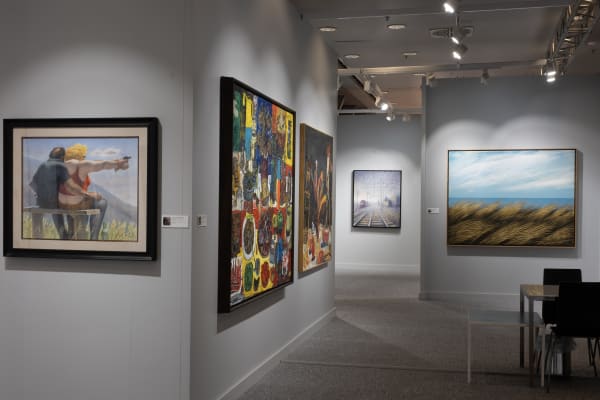
CI Bloom 2025
16 - 20 Apr 2025Galeri 77, known for its collaboration with artists working across a wide geographical and aesthetic range, will participate in CI Bloom 2025 with a meticulously...Read more -

Contemporary Istanbul 2024
19th Edition 23 - 27 Oct 2024Galeri 77 brings together works from 28 artists, both local and international, encompassing various styles such as expressionism, surrealism, neo-pop art, experimental art, photorealism, abstract,...Read more -
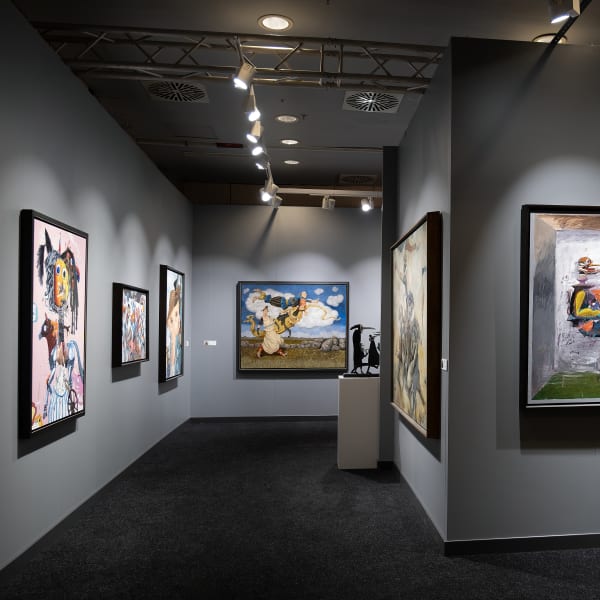
CI Bloom 2024
3RD EDITION 25 - 28 Apr 2024Galleri 77 is thrilled to announce its participation in the 2024 edition of CI Bloom. Join us at booth LK-29 for an exquisite presentation of...Read more -
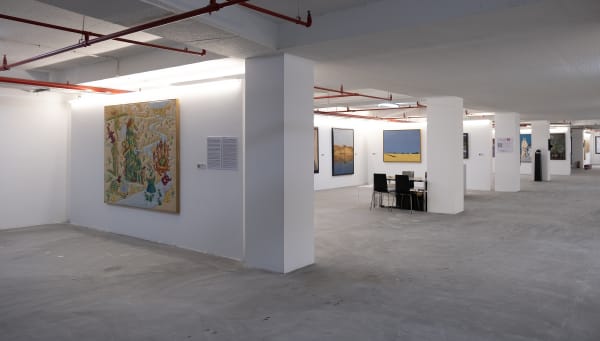
ART SHOW: Galleries United 2024
1st Edition 21 - 25 Feb 2024Organized by 24 contemporary art galleries, Art Show: Galleries United, which will open with a preview on February 20, 2024, will take place between February...Read more
-

Contemporary Istanbul 2023
18th Edition 26 Sep - 1 Oct 2023Galeri 77 is taking place in Contemporary Istanbul with a very special selection gathering the artworks produced in a wide spectrum ranging from expressionism to...Read more -
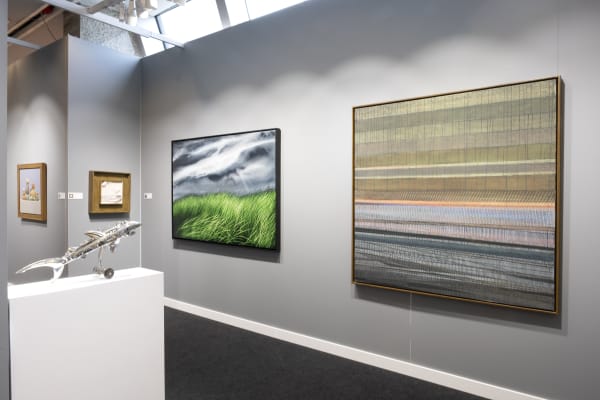
CI Bloom 2023
2nd Edition 31 May - 4 Jun 2023Galeri 77 is at CI Bloom with a very special selection of a wide range of works brought together by 25 artists it represents, both...Read more























